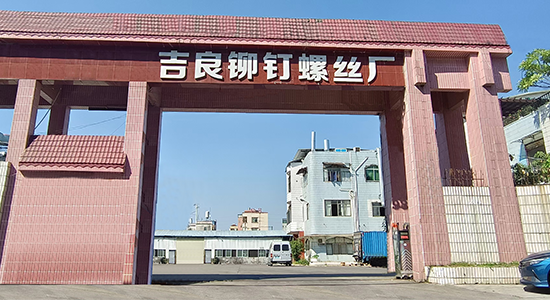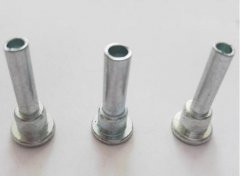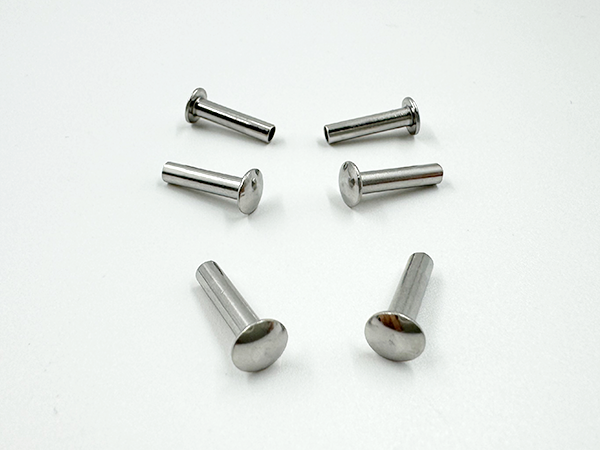Introduction to Common Classification of Rivets
Rivets are widely used fasteners in various industries, known for their strength and reliability in joining materials together. They come in different shapes, sizes, and materials to suit a range of applications, from construction to aerospace. Understanding the common classifications of rivets is essential for choosing the right type for a specific job. Below is an introduction to the primary rivet classifications based on their design, material, and application.
1. Solid Rivets
Solid rivets are the most traditional type, often used in heavy-duty applications where high strength is needed. These rivets are made from a solid piece of metal and are deformed during installation to create a secure bond. The rivet has a head at one end, and the other end is upset to form a second head when it is driven into place. Solid rivets are typically used in the aerospace, automotive, and structural industries.
2. Semi-Hollow Rivets
Semi-hollow rivets combine features of both solid and blind rivets. They are similar to solid rivets but have a hollow shaft, allowing for easier installation in places where access to both sides of the materials is difficult. The hollow section deforms when installed, creating a tight grip. Semi-hollow rivets are widely used in automotive, appliance, and electronics industries.
3. Blind Rivets
Blind rivets are ideal for situations where only one side of the material is accessible. These rivets have a mandrel inside that is pulled during installation, causing the rivet body to expand and form a strong bond. Once the mandrel is pulled, it breaks off, leaving a secure, permanent fastener. Blind rivets are commonly used in construction, metalworking, and HVAC applications.
4. Pop Rivets
Pop rivets are a specific type of blind rivet, popular for their ease of use. They are installed using a tool that pulls the mandrel, causing the rivet to expand and securely fasten materials. Pop rivets are often used in sheet metal work, automotive repair, and DIY projects because they can be installed quickly and efficiently without the need for access to both sides of the workpiece.
5. Flush Rivets
Flush rivets are designed to sit flush with the surface of the materials they fasten, making them ideal for applications where a smooth surface is required, such as in aircraft and automotive designs. These rivets are usually installed with a countersink, allowing the rivet to sit flat against the material without protruding.
6. **Split Rivets
Split rivets have a unique design that features two prongs at the tail end. These prongs are spread out during installation, creating a strong bond that is particularly useful in fastening light materials. Split rivets are commonly found in leatherwork, electrical components, and some light manufacturing processes.
7. Drive Rivets
Drive rivets are similar to solid rivets but have a hollow body. They are driven into place using a hammer or pneumatic tool, causing the tail to expand and form a secure bond. Drive rivets are used in various applications, including automotive assembly, furniture manufacturing, and sheet metal work.
8. Tubular Rivets
Tubular rivets feature a hollow body and are commonly used in applications where the rivet must pass through thin materials. The hollow body allows them to be lightweight yet strong. Tubular rivets are often used in clothing, bags, and light manufacturing.
Conclusion
Rivets are a versatile fastening solution available in a wide range of types to suit different needs. By understanding the common classifications of rivets—such as solid, semi-hollow, blind, pop, and others—manufacturers can select the right rivet for each specific application. Whether for structural integrity, ease of installation, or a smooth finish, the right rivet can make all the difference in achieving reliable, long-lasting results.

 Jiliang Hotline
Jiliang Hotline







